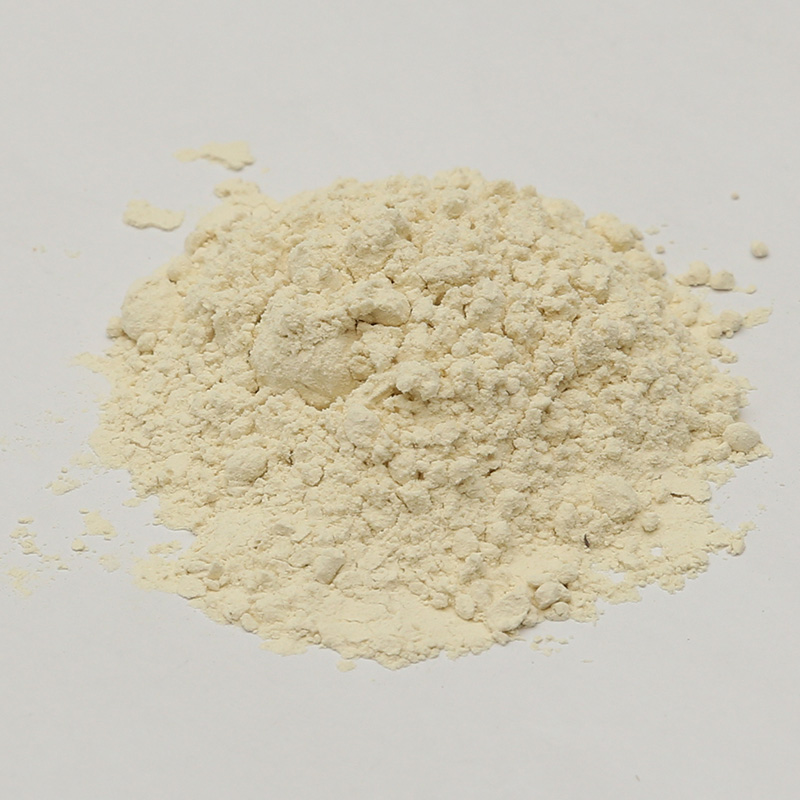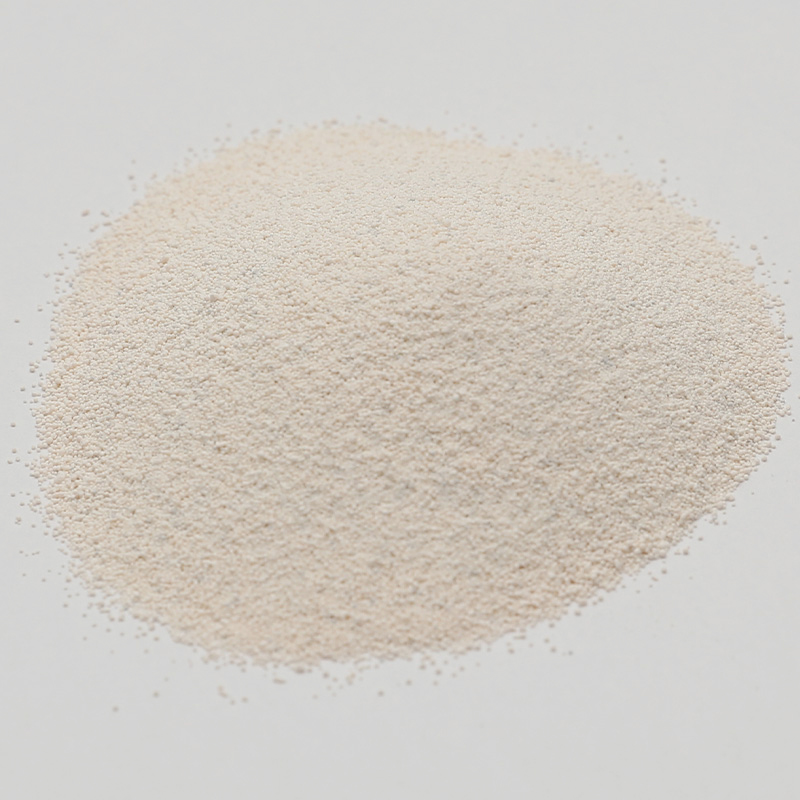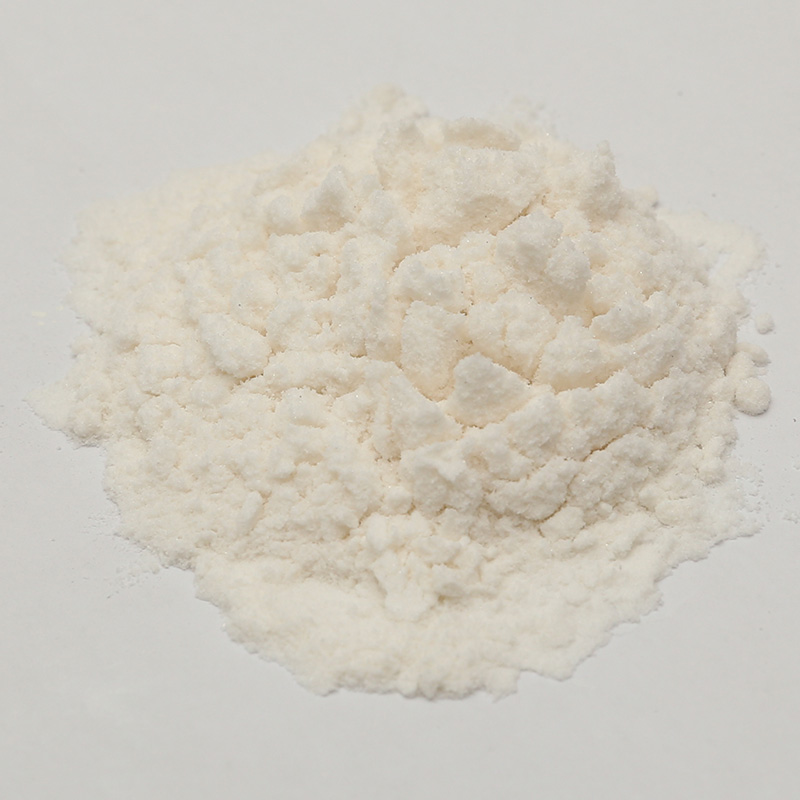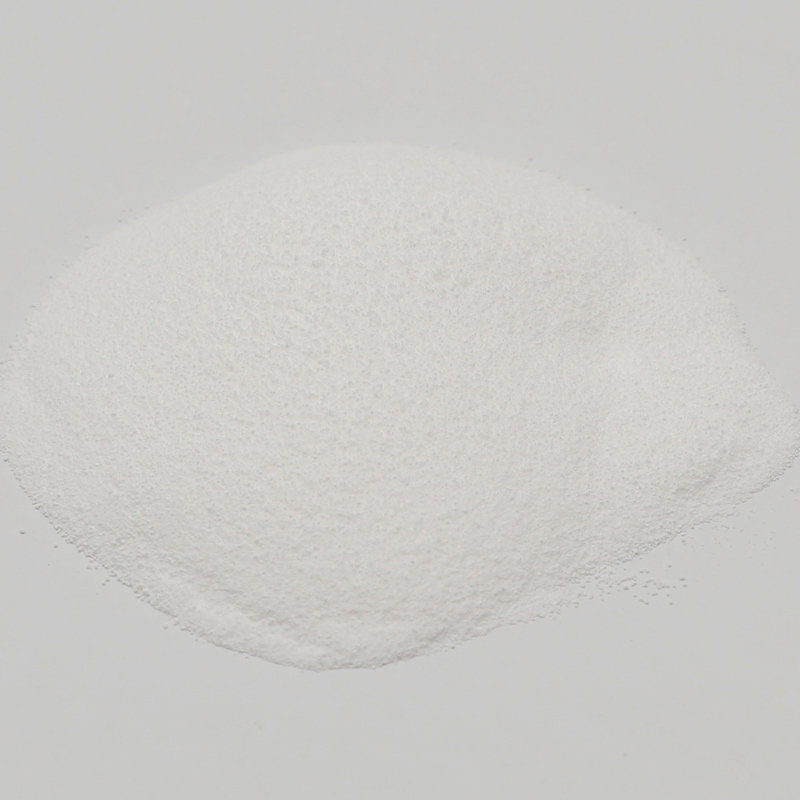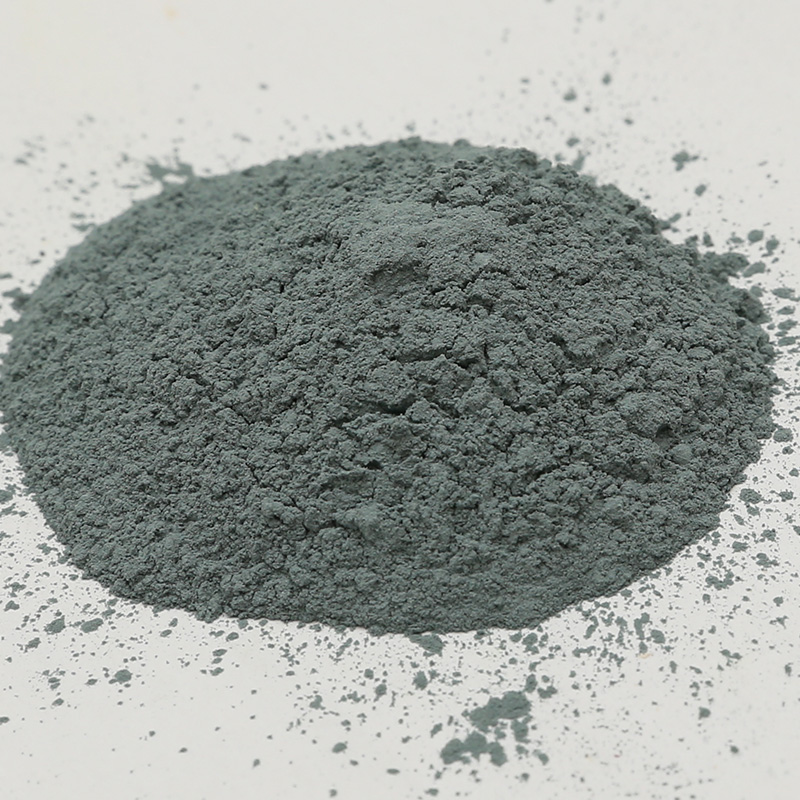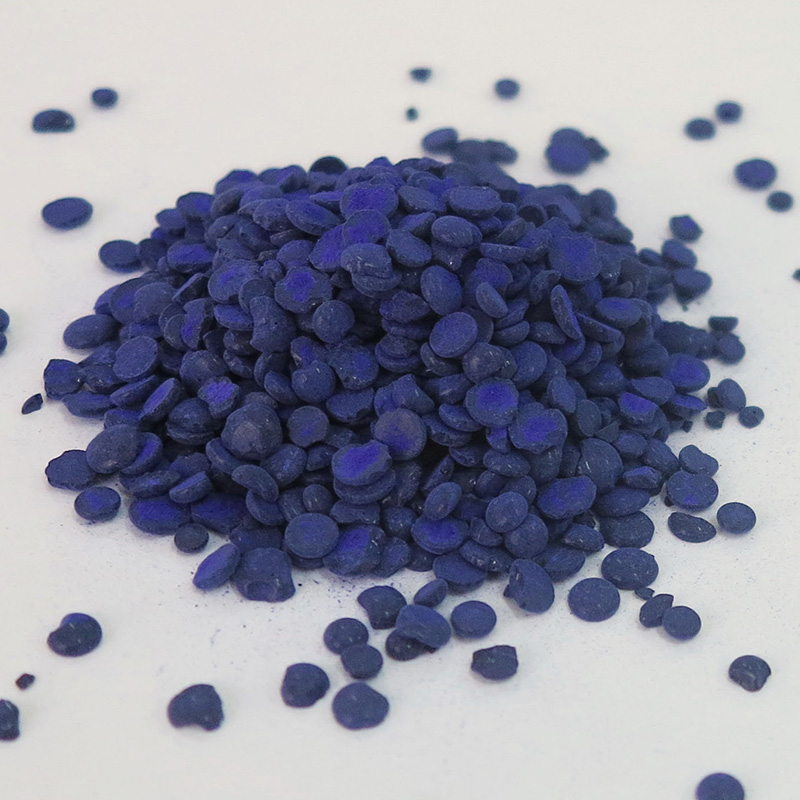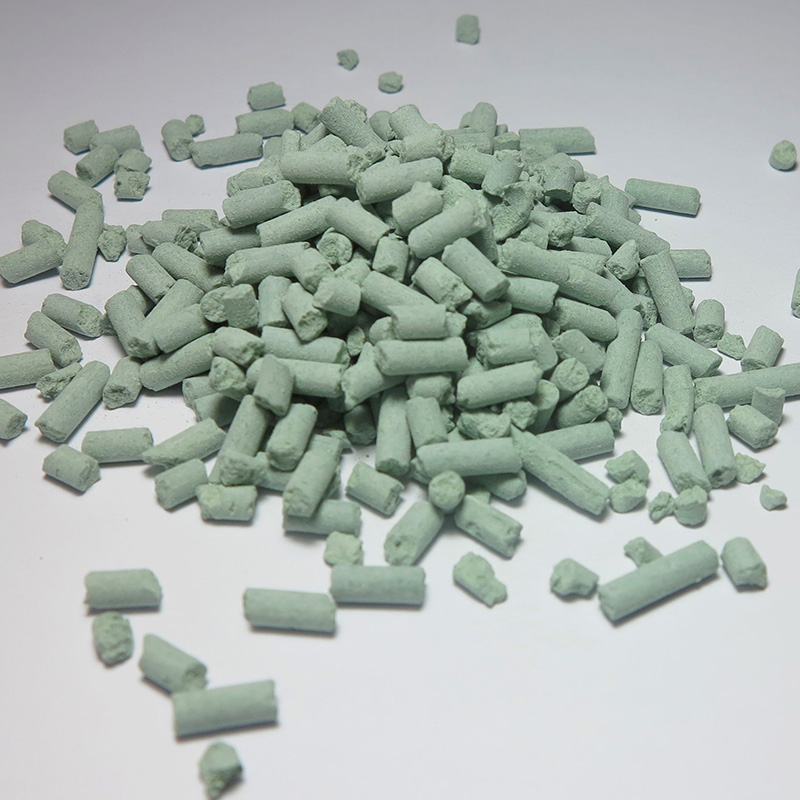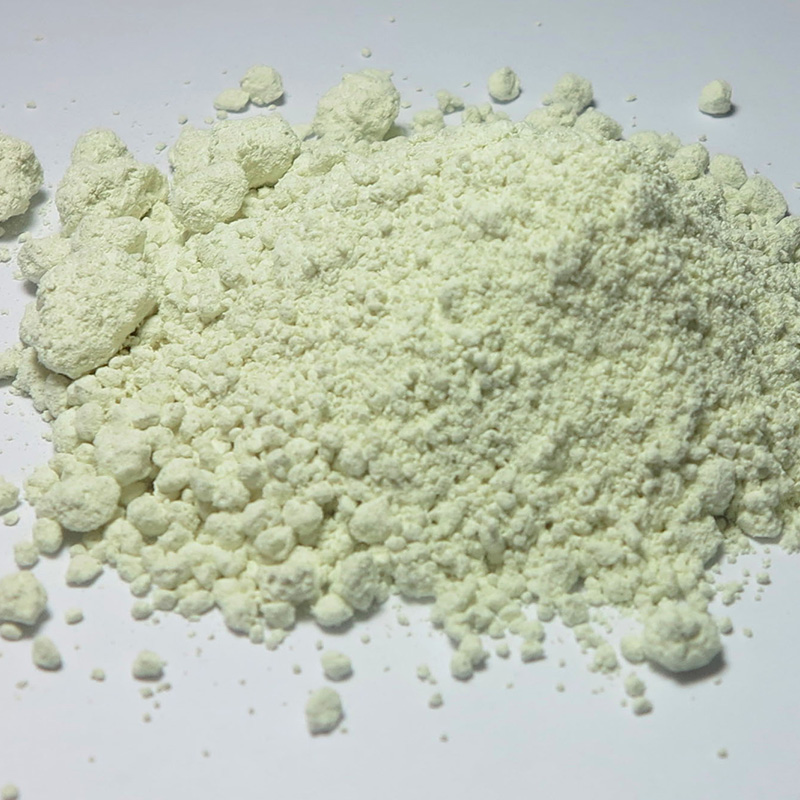Understanding the Mechanism of Particle Size Reduction
In the formulation of emulsions, particle size is a key factor determining not only the visual appearance but also the texture, stability, and efficacy of the final product. A Homogenizing Agent plays a pivotal role during the high-shear mixing or homogenization process, where it helps reduce larger droplets into smaller, more evenly distributed ones. The agent itself does not necessarily perform mechanical action, but it interacts with the phase interfaces to facilitate uniform breakdown under pressure or agitation. This action causes a narrower particle size distribution, resulting in a smoother, more stable emulsion with improved shelf life and bioavailability in cosmetic or pharmaceutical formulations.
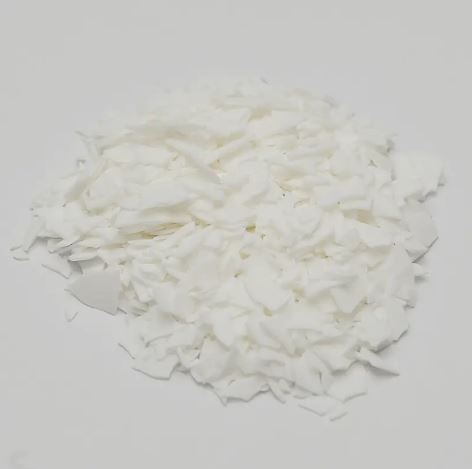
Impact on Physical and Chemical Stability of Emulsions
One of the crucial effects of controlled particle size is the enhanced physical stability it imparts to emulsions. When droplet size is reduced and evenly distributed, the chances of coalescence, creaming, or phase separation are greatly reduced. This is especially beneficial in products that are exposed to fluctuating temperatures or require long-term storage. A narrower size distribution also causes reduced gravitational separation and improves the aesthetic consistency of creams, lotions, and food emulsions. Chemically, a fine dispersion increases the surface area between the oil and water phases, which can influence reactions occurring at the interface, thus requiring careful formulation consideration alongside stabilizers and preservatives.
Comparison with Emulsifiers and Surfactants
While homogenizing agents are often confused with emulsifiers or surfactants, their roles are distinctly different. Emulsifiers act by lowering the interfacial tension between immiscible liquids, making it easier for droplets to form. Surfactants also reduce surface tension but can perform multiple functions, including foaming and cleaning. In contrast, homogenizing agents are more directly involved in ensuring that the formed droplets are reduced to a specific target size and remain evenly dispersed. They work when combined with emulsifiers, as the latter provides the necessary interface for droplet formation, while the former enhances dispersion and droplet size control.
Effects on Sensory and Functional Properties
The droplet size in an emulsion directly affects the way it feels when applied and how it performs in its intended application. For instance, in skincare products, finer emulsions tend to spread more easily and are absorbed faster, offering a more luxurious user experience. Similarly, in food technology, fine emulsions are perceived as creamier and richer in flavor. Homogenizing agents indirectly influence these sensory attributes by facilitating the creation of these fine microstructures. In pharmaceutical emulsions, controlling particle size ensures more predictable release rates and absorption profiles, making the role of these agents crucial in formulation.
Process Considerations and Optimization
The efficiency of any homogenizing agent depends on the formulation environment, including viscosity, temperature, mixing time, and shear force applied during production. Some emulsions may require multiple passes through a high-pressure homogenizer to achieve the desired particle size. Additionally, the type of homogenizing agent used—whether polymeric, lipid-based, or synthetic—must be compatible with other ingredients to prevent destabilization or incompatibility. Formulators often conduct stress tests to observe how the particle size behaves over time or under accelerated aging, ensuring the chosen agent performs reliably under real-world conditions.
Controlling droplet size is essential in ensuring the quality and performance of emulsions. Though only one element in a complex formulation matrix, a well-chosen homogenizing agent significantly enhances both the physical structure and functional behavior of the product. As consumer expectations for texture, stability, and performance rise, the strategic application of such agents becomes an indispensable tool in modern formulation science.



 English
English Português
Português Español
Español русский
русский 中文简体
中文简体